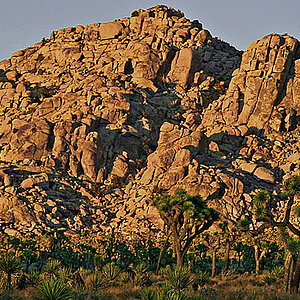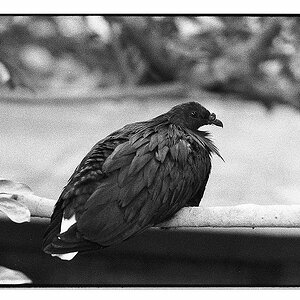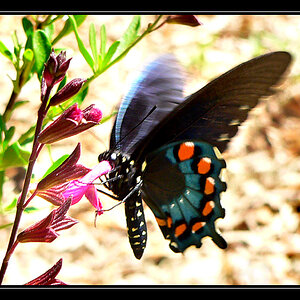rob1116
TPF Noob!
- Joined
- Jan 29, 2005
- Messages
- 78
- Reaction score
- 0
Hello hello,
Just for the record:
<------ "New" Thanks
Anywho, I have a question regarding max. aperature labelling on some lenses. Example: The "Tamron 90mm f/2.8 DI macro" . I understand the basic concept of f/numbers, (ie. aperature diameter is the focal length over the f/number... ie. 100mm f/4 lens should have a max. aperature diamter of about 25mm, right?)
So I'm in the local camera store the other day trying this lens out on my D70. The D70 powers up and I smile as I see the aperature listed at 2.8 . (what can I say, I have only ever used my 18-70mm f3.5-4.5 nikon, and my Tamron 70-300mm 3.5-5.6, so 2.8 seems so fast to me!)
Then, to my horror, after focusing on something moderately close the aperature reading starts to drop as if I'm zooming in and losing stops!?!? I'm guessing this is because of the large focus barrel required for proper 1:1 macro, but WTF? Are all macro lens like this? What about other lenses that are labelled with constant max. ap?
Is this normal? If so, then this lens can't really shoot 1:1 from 90mm at 2.8 can it?
Okay, this is the part when half a dozen of you gurus chime in and enlighten me to the one piece of the puzzle I'm obviously missing... please!? :hail:
Just for the record:
<------ "New" Thanks
Anywho, I have a question regarding max. aperature labelling on some lenses. Example: The "Tamron 90mm f/2.8 DI macro" . I understand the basic concept of f/numbers, (ie. aperature diameter is the focal length over the f/number... ie. 100mm f/4 lens should have a max. aperature diamter of about 25mm, right?)
So I'm in the local camera store the other day trying this lens out on my D70. The D70 powers up and I smile as I see the aperature listed at 2.8 . (what can I say, I have only ever used my 18-70mm f3.5-4.5 nikon, and my Tamron 70-300mm 3.5-5.6, so 2.8 seems so fast to me!)
Then, to my horror, after focusing on something moderately close the aperature reading starts to drop as if I'm zooming in and losing stops!?!? I'm guessing this is because of the large focus barrel required for proper 1:1 macro, but WTF? Are all macro lens like this? What about other lenses that are labelled with constant max. ap?
Is this normal? If so, then this lens can't really shoot 1:1 from 90mm at 2.8 can it?
Okay, this is the part when half a dozen of you gurus chime in and enlighten me to the one piece of the puzzle I'm obviously missing... please!? :hail:




![[No title]](/data/xfmg/thumbnail/35/35669-485de67e98a042d63d728593720828a0.jpg?1619737091)




![[No title]](/data/xfmg/thumbnail/38/38264-552eb428d8a704186dcc43400f417d0f.jpg?1619738548)


![[No title]](/data/xfmg/thumbnail/35/35670-0571a45fff5cc94fc333fb959ce54517.jpg?1619737091)